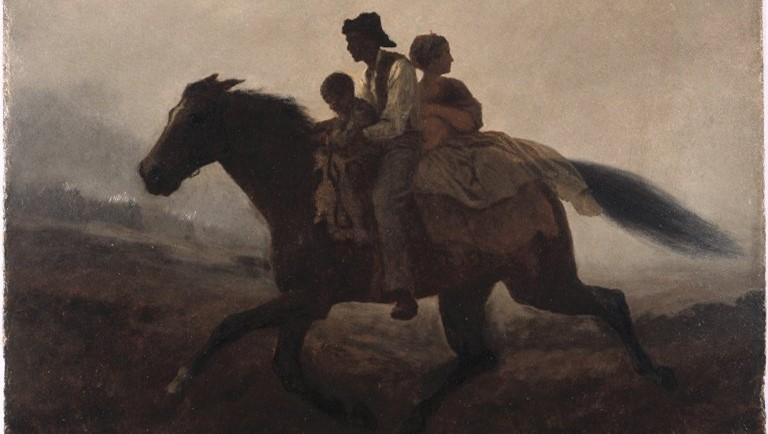We read for many reasons, including entertainment, information, and understanding. Whether we’re being instructed, delighted, or both, the world opens to us through the doorway of a great book, poem, or essay. Reading reveals new vistas, new groves of truth, beauty, and goodness to be harvested.
The fruits of deep analytical reading are understanding and wisdom, which aren’t merely about accumulating more facts, but about making sense of them and connecting them with a cohesive and meaningful reflection of reality. Through deep reading, we seek wisdom: a knowledge of causes, not just the “what” or “how” of things, but the “why.” Becoming wise doesn’t just happen. It requires that we read well.






